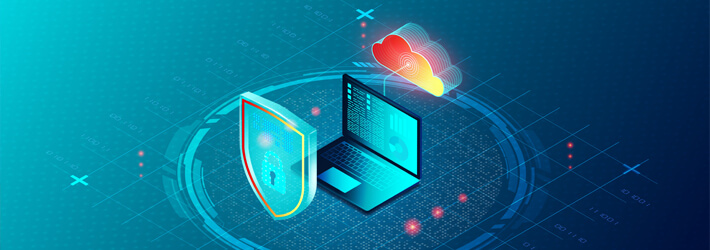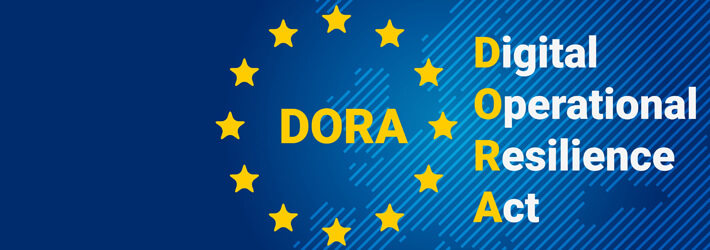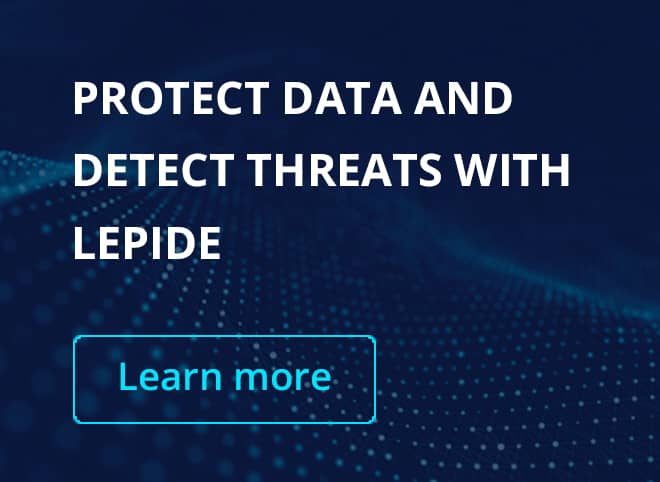Recent Post
More Posts

Cyber Threats in Finance: Your Strategic Guide for 2025
 Dan Goater
January 14, 2025 | 7 min read
Dan Goater
January 14, 2025 | 7 min read


Rising Cybersecurity Threats in Healthcare for 2025
 Craig Smilowitz
January 7, 2025 | 12 min read
Craig Smilowitz
January 7, 2025 | 12 min read

Tips and Best Practices to Prepare for DORA Compliance
 Philip Robinson
January 6, 2025 | 8 min read
Philip Robinson
January 6, 2025 | 8 min read

What is Data Governance? Importance and Benefits
 Anna Szentgyorgyi-Siklosi
December 23, 2024 | 14 min read
Anna Szentgyorgyi-Siklosi
December 23, 2024 | 14 min read

Hybrid Cloud Storage : A Smart Solution to Enterprise Data Demands
 Terry Mann
December 19, 2024 | 11 min read
Terry Mann
December 19, 2024 | 11 min read




